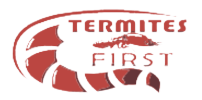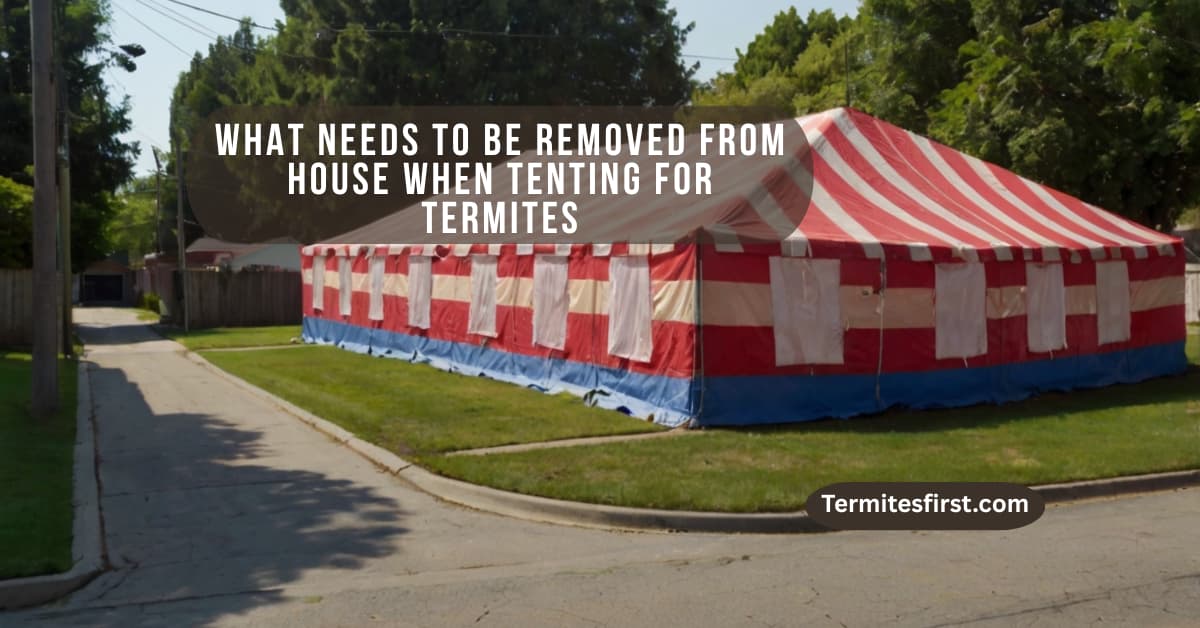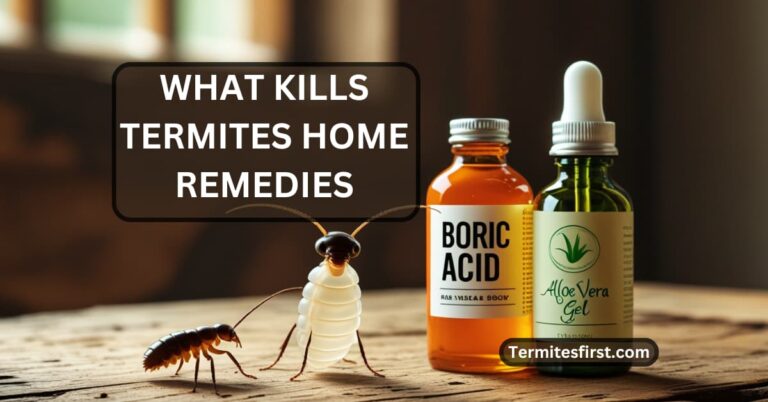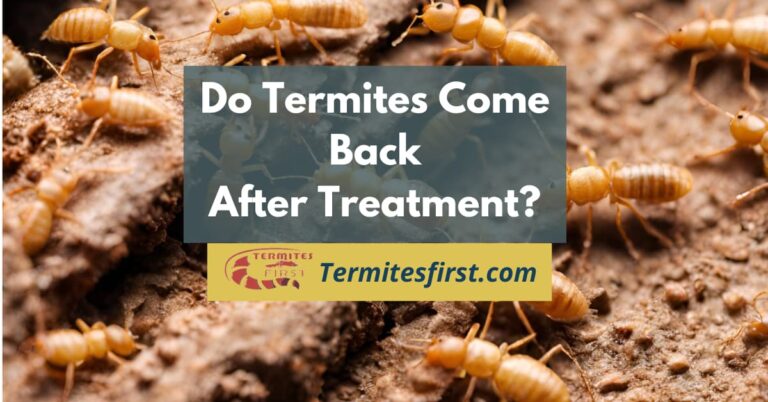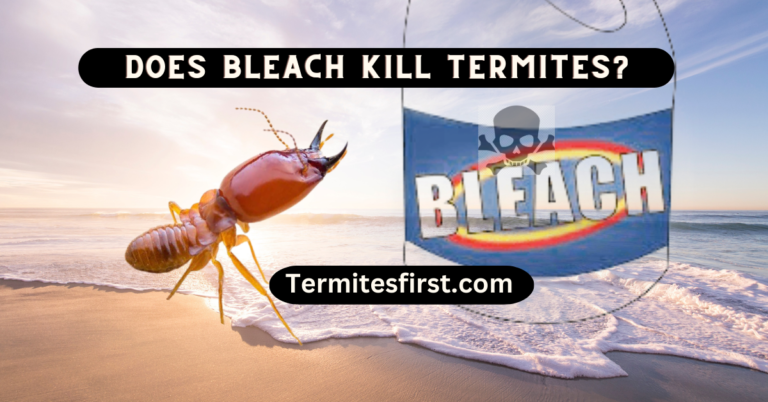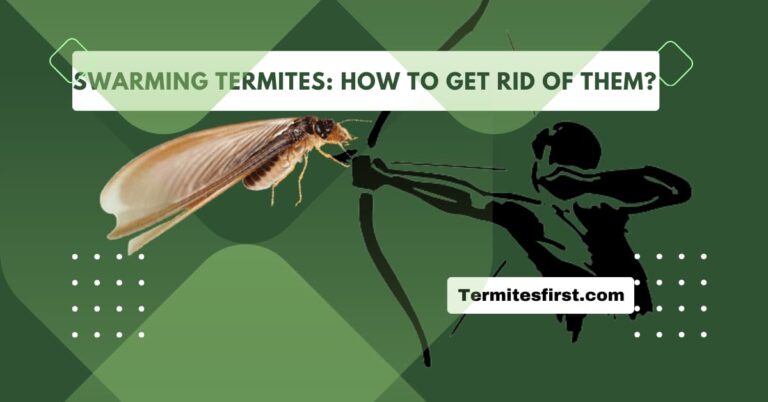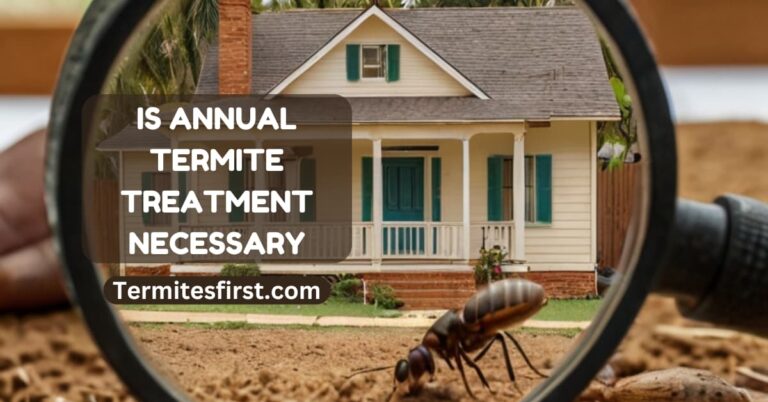What Needs To Be Removed From House When Tenting For Termites
Congratulations on taking steps toward ridding your home of destructive drywood termites! As a property owner who has guided dozens of families through this process, I can tell you that tent fumigation is indeed a tedious and time-consuming process requiring thorough diligence.
Before the expert arrives, you’ll need to make arrangements for your family and pets to stay elsewhere for several days, as the complete fumigation preparation, actual treatment portion, and aeration process can take up to 72 hours. I recommend you pack essentials for at least three days away from your house.
The success of termite fumigation depends heavily on good weather as a prerequisite, since tarps must completely enclose your entire house during treatment. If the forecast shows rain or heavy winds that could affect the process, your fumigator may need to reschedule.
Typically, the active phase of fumigations takes 24 hours or less, followed by an aeration period of roughly six hours – but you won’t be permitted to return until your home is fully cleared of fumigant and safe for occupancy. Trust me – dealing with a bit of bad weather delay is better than rushing what is essentially a whole-home reset button for drywood termite infestations.
Preparing Your Home: A Complete Checklist
When preparing for termite treatment, I’ve learned from helping dozens of homeowners that proper removal of household items is crucial.
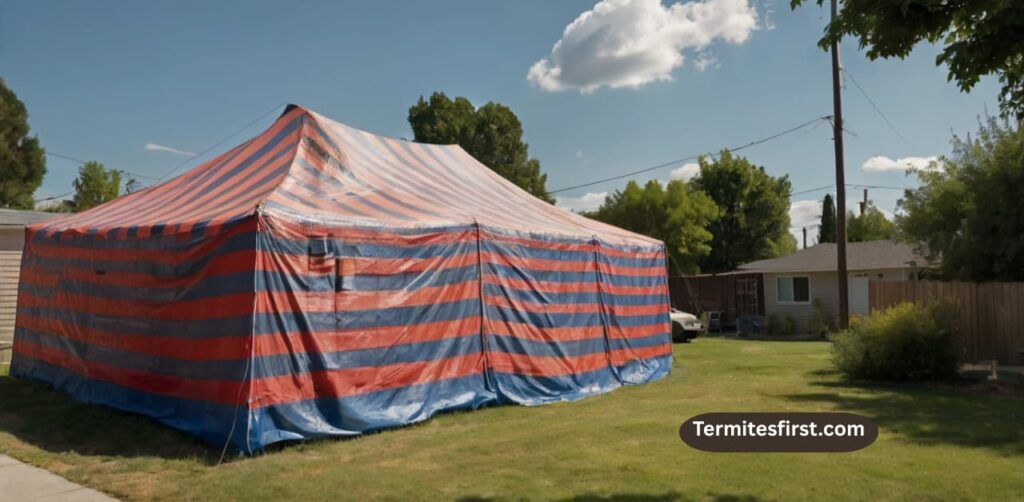
- First, all food for people, animals and pets must be secured or taken out.
- Items in refrigerators and freezers including medicines and tobacco products need special attention.
- While bottled and canned items with the original manufacturer’s air-tight seal that are not opened can stay, they must be properly sealed.
- Everything else should be removed or double-bagged in special nylon bags provided by your fumigator. This includes drinks, soup and other pantry items.
- Even if they haven’t been opened, dry goods packaged in cardboard boxes or bags like cereal, chips, and rice need protection. Remember those glass, metal bottles, cans, and jars with intact airtight seal are generally safe to leave behind.
- Your furniture requires specific preparation too. All mattresses sealed in plastic, especially baby mattresses, must be removed or have their waterproof covers opened. These plastic covers significantly slow the rate at which the fumigant aerates after treatment.
- Don’t forget to open or consider removing covers from sofas, chairs and other incased items throughout your home.
- I once fumigated a house where the homeowners forgot to unzip their plastic-covered couch, and it extended their post-fumigation waiting period by nearly a full day.
- Vegetation management is equally important. All plants inside the house must be taken out, along with any in outdoor areas that will be covered by the fumigation tent to prevent damage.
- The shrubbery around the house should be trimmed to allow room to secure the tent between the house and vegetation.
- The day before your scheduled fumigation, contact your gas company to turn off the gas line. Additionally, thoroughly water the perimeter of your home to a depth of about six inches. This moisture helps protect plants outside the treatment zone and helps prevent fumigant leakage at the base of the tent.
- From my experience overseeing hundreds of termite treatments, this perimeter watering can dramatically reduce plant damage and improve the effectiveness of the fumigation.
After the Tent Comes Down: Post-Fumigation Cleaning Tips
- When returning to your house on the third day after termite tenting, proper cleaning is essential before bringing your family back. While Imperial Pest Prevention recommends washing dishes, pots, pans, and linens, it’s important to note that Vikane, the fumigant gas used, leaves no residual and will naturally dissipate from the structure.
- In my 15 years of pest control experience, I’ve found that many homeowners unnecessarily overwash items after treatment.
- Before deep cleaning, first examine your home to locate any edibles that may have been exposed during fumigation and discard them as a precaution.
- Next, start vacuuming the entire house, paying extra attention to previously infested areas to suck up any dead wood-eating termites. Be thorough – move furniture and furnishings to clean out every crevice, including underneath floorboards.
- Don’t forget to vacuum chairs, couches, curtains, and other fabrics before you dispose of the bag properly.
- After vacuuming, wipe down all surfaces with a damp cloth, then throw away the cloth. Follow up with a wet cloth dipped in a vinegar and water solution for a deeper clean. Focus on high-touch areas like door handles, medicine cabinets, and gas refrigerators.
- Once finished, thoroughly mop all floors including bathrooms. Though the tenting chemicals used to kill the entire colony of both subterranean and drywood termites won’t affect clothing, I always suggest clients err on the side of caution and wash clothes, sheets, pillows and other fabric items in your washer and dryer or at a laundromat.
- One thing many homeowners don’t realize is that after fumigation, pellets or droppings from termites may continue to sift out for extended periods, sometimes indefinitely over the years. This is completely expected and should be not cause for worry – it simply means that debris from the killed insects is working its way out of the wood structures.
- If you have gas appliances, you’ll need to call your gas company to schedule a “fumigation unlock” gas turn on visit to turn the gas on and re-light your pilot lights. By law, pest control companies are not allowed to handle this task.
- Remember to retain the “Clear to Enter notice” that was posted on your property, as the utility company representative will request to see it.
- Also be aware that certain crawling insects like ants may immediately re-enter your building after treatment, sometimes causing an invasion as they’re attracted to dead insects left behind. This is a temporary nuisance that typically resolves within a week.
Conclusion:
After completing the entire termite tenting process—from removing food, securing your home, and protecting outdoor plants before fumigation to thorough cleaning and gas restoration afterward—you can finally return to your termite-free home with peace of mind. Though you might still notice occasional termite droppings sifting out over time (which is completely normal), or even temporary ant invasions attracted to dead insects, these minor inconveniences are small prices to pay for eliminating these destructive pests. I’ve helped hundreds of homeowners through this, and I can honestly say—your careful attention has gone a long way in keeping your home strong and safe for the future. Welcome back to your safe, pest-free sanctuary—you’ve earned it!
FAQ’s:
You can leave sealed items with the original manufacturer’s airtight seal intact – like unopened canned goods, bottled drinks, and items in sealed glass or metal containers. Most furniture and belongings can stay too, though plastic-covered items should have covers opened or removed.
No, you don’t need to remove clothes during fumigation. They’re not affected by the gas and can safely remain in closets and drawers. Just make sure to open drawers about 4 inches to allow proper gas circulation.
You absolutely need to wait until your pest control guys give you that official “Safe for Occupancy” paper before you can crash at your place again. This typically happens on the third day after fumigation begins, once proper aeration is complete and gas levels are confirmed safe.
Yes, toilet paper is perfectly safe to use after fumigation. The Vikane gas used dissipates completely and leaves no residue on paper products, so there’s no need to replace your toilet paper after treatment.
No, windows are kept tightly closed during the actual fumigation period. However, during the aeration phase after treatment, technicians will open windows and use fans to remove the gas from your home before allowing reentry.
